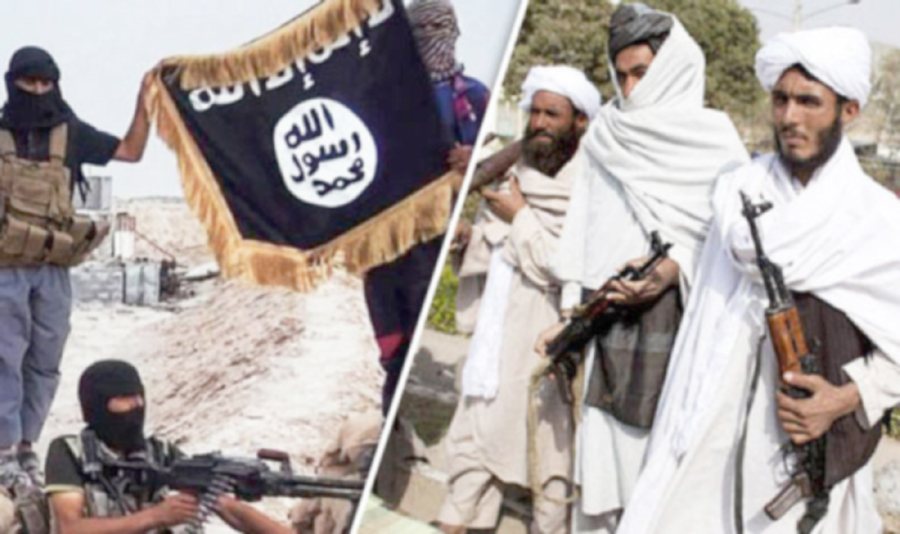By Interaction Desk
It is estimated that almost 12,000 ISIS fighters are present in Afghanistan at the moment. These fighters are being kept in check by the Afghnani Taliban and both the factions are in the bloody conflict with the Afghan Security forces. This forms a vicious circle of bloodshed which is affecting not only the Afghan people but the neighbouring countries as well.
Fact of the matter is that this conflict could have a devastating spillover effect. ISIS fighters are facing brutal opposition by the hands of Afghan Taliban and as a result they may seek to relocate to neighbouring countries to establish base, develop a stronghold and wreak havoc all across.
Similarly, such a conflict awakens the extremist offshoots of defeated terrorist organizations who view it as an opportunity to revive themselves. This in turn gives rise to terrorism in neighbouring areas. At the moment, the South Asian region is witnessing an economic revival in the form of the CPEC and all other projects that are linked with it.
This is a part of a great One Belt One Road initiative which promises to have global benefits. In the midst of all this economic activity, a terrorist spill over would serve to ruin an otherwise tasty dish. Pakistan while not directly in the line of ISIS activity, should be vigilant as there are still many sleeper factions of TTP remaining in Pakistan.
While we have successfully defeated terrorism on our soil, we must be vigilant cautious to prevent it from raising its ugly head again. Pakistan Institute for Peace and Studies (PIPS) reports that splinter groups of TTP and ISIS serve as the most viable threat to the country’s stability. This shows that while we have succeeded in bringing down terrorist attacks, we have not eliminated terrorism entirely.
This claim can be backed by the fact that 595 Pakistanis lost their lives in terrorist attacks in 2018, among these 595, 38% were killed in five vicious attacks in Baluchistan and Khyber Paktunkhwa claimed by ISIS. According to PIPS report 59% of these victims were from Baluchistan.
All in all, the report highlights that 262 terrorists attacks were conducted in 2018, out of which 19 were suicide bombings. Out of these 262 attacks around 171 were planned and executed by TTP and its splinter groups. These facts show that while Pakistan has come a long way, there is long way to go further and that we cannot let our guard down when we are this close to achieving our end goal.
Terrorism is one huge repercussion of this conflict, whereas there are many other factors which are disrupting the region. For instance drug lords are thriving in Afghanistan right now. Terrorist organizations like ISIS and TTP generate revenue by producing and smuggling drugs to neighbouring countries.
This in turn gives rise to crime and terrorism within the region restricting economic growth and social development. ISIS Taliban dispute is threat to other countries of the region as well. For instance, Islamic Movement of Uzbekistan (IMU) is gaining strength by supporting ISIS which means that can cause serious problems for Uzbekistan but having Russian support and being a member of SCO would mean that it would not stand alone.
Similarly Turkmenistan, which is already battling extremism at home may be affected severely by such conflicts, and the fact that it refuses to accept help from neighbours and that it has a very small proportion of armed forces, will not go in its favour.
This means that the Afghan conflict must be resolved so that these spillover effects are contained and regional stability established.


